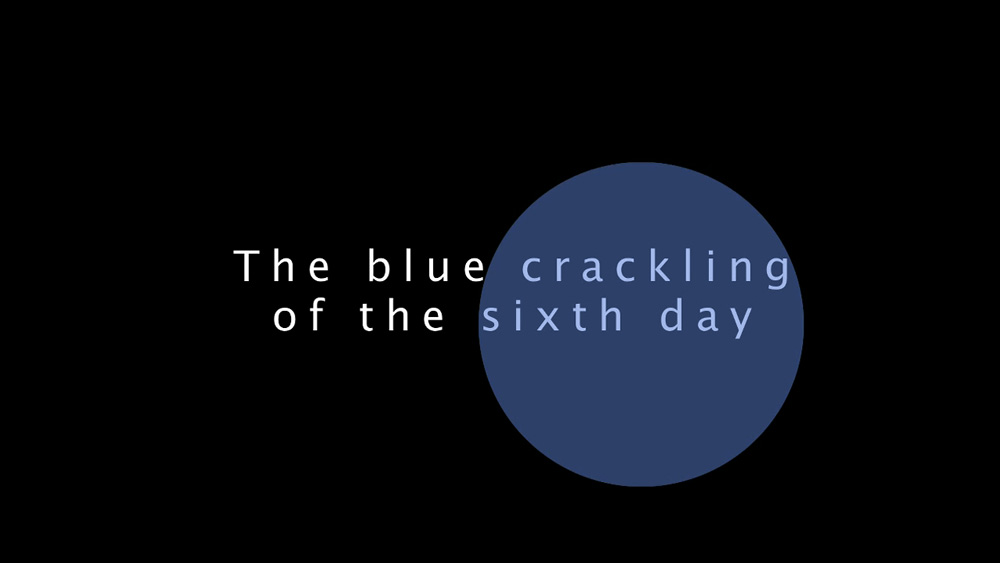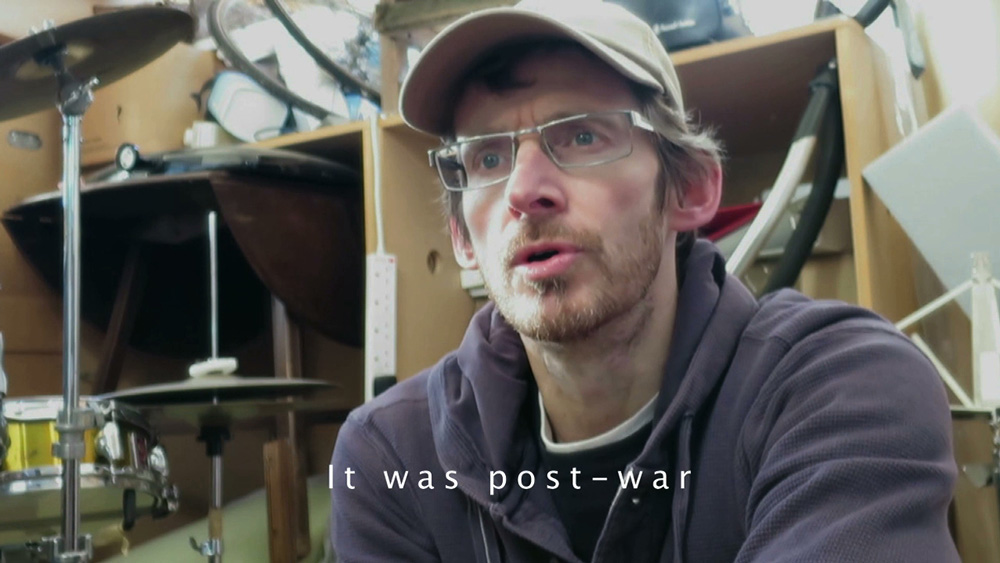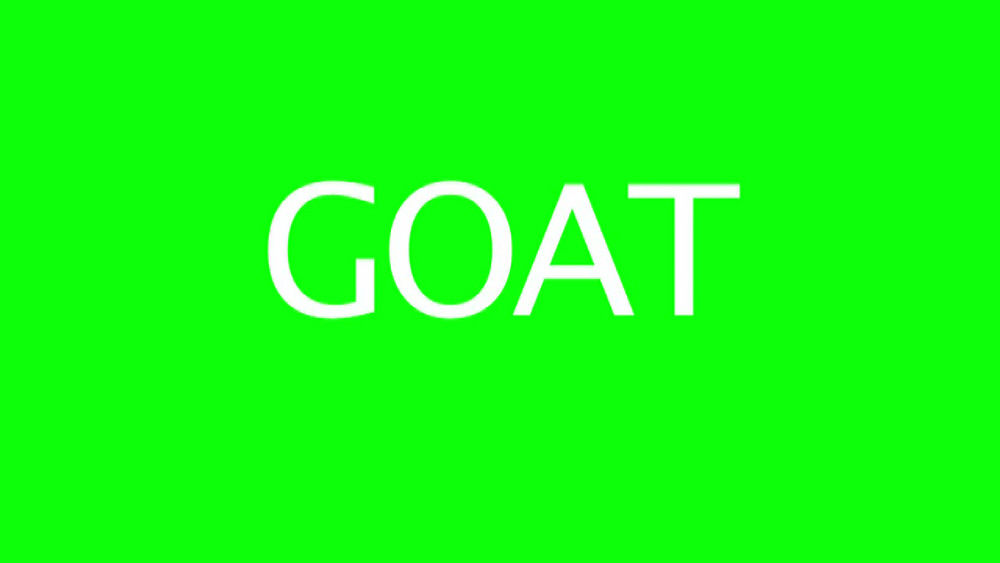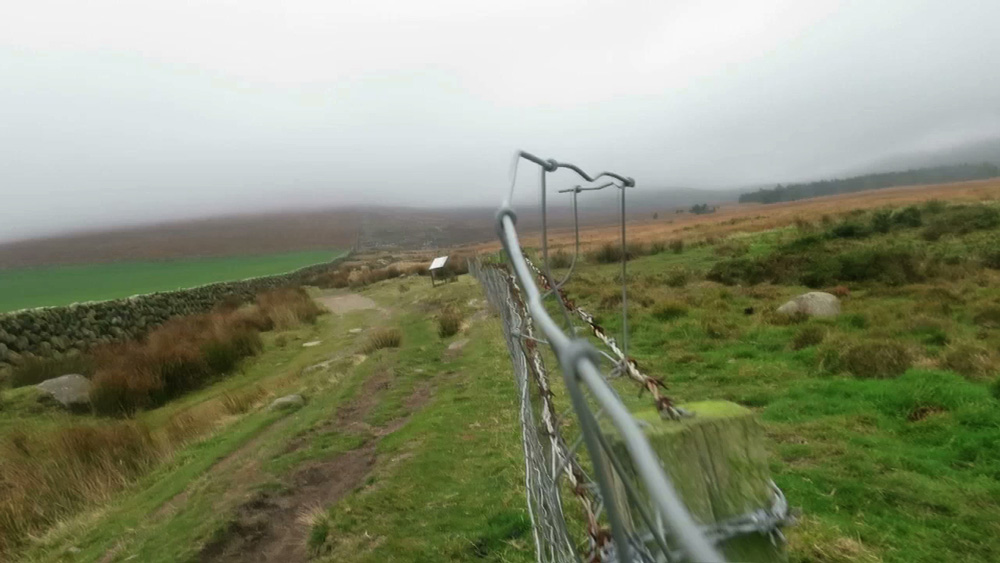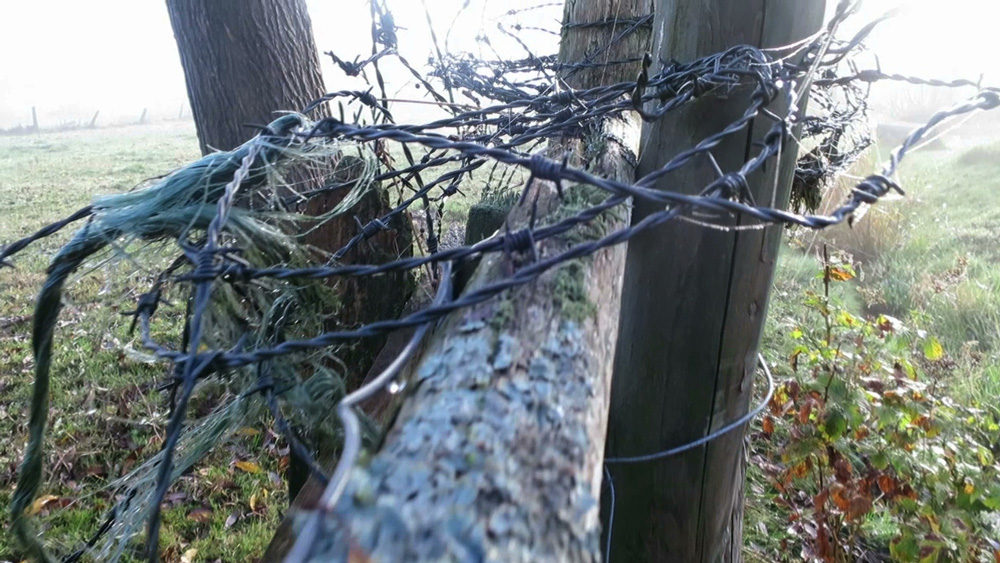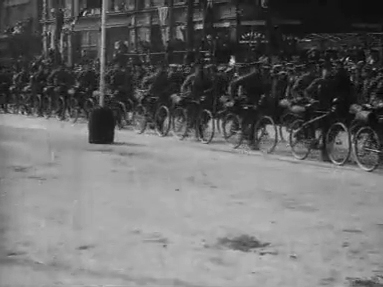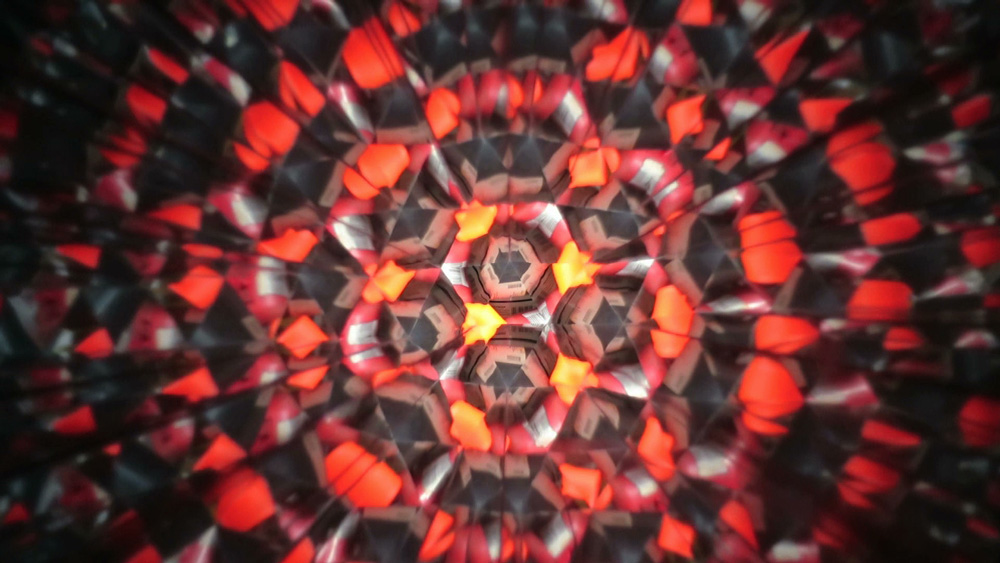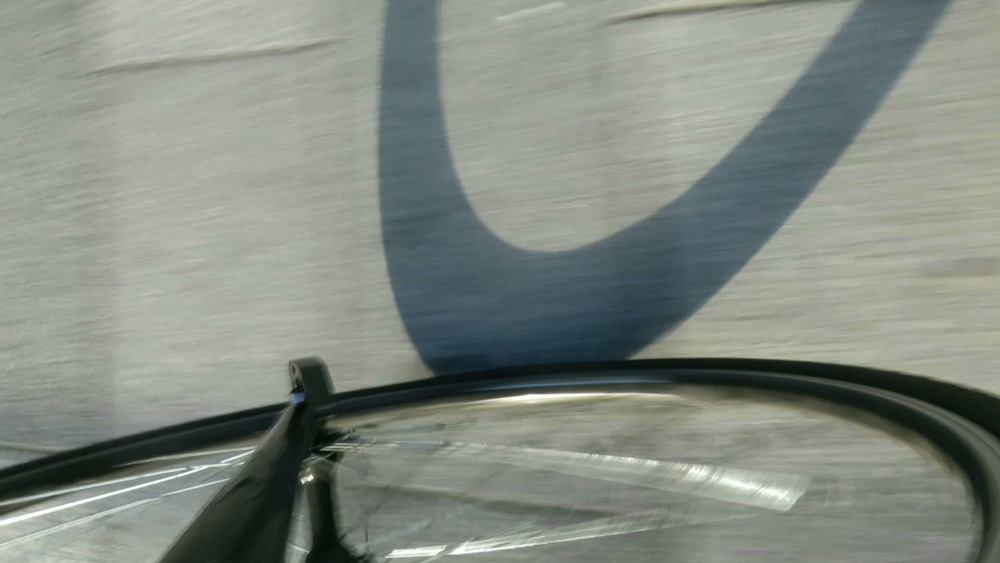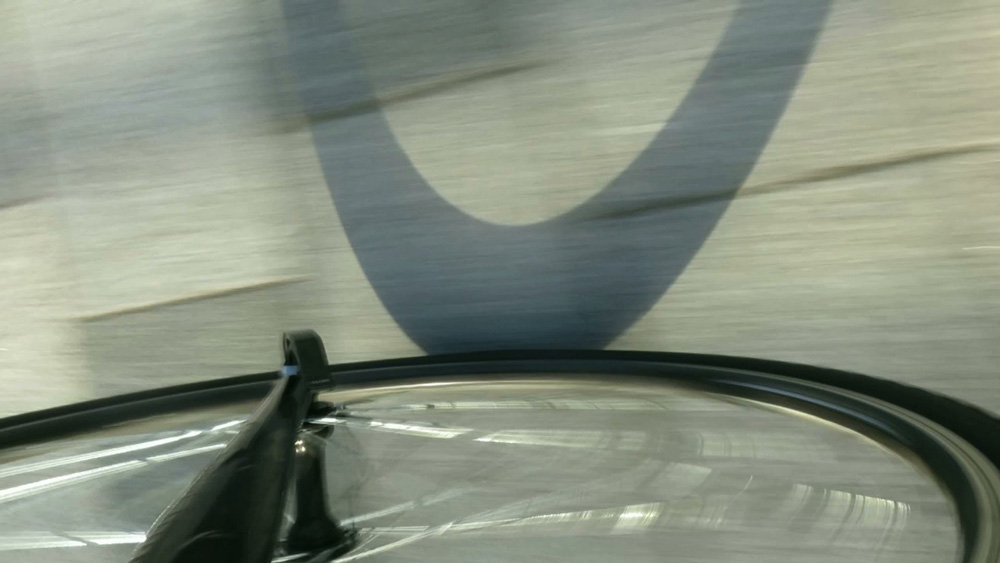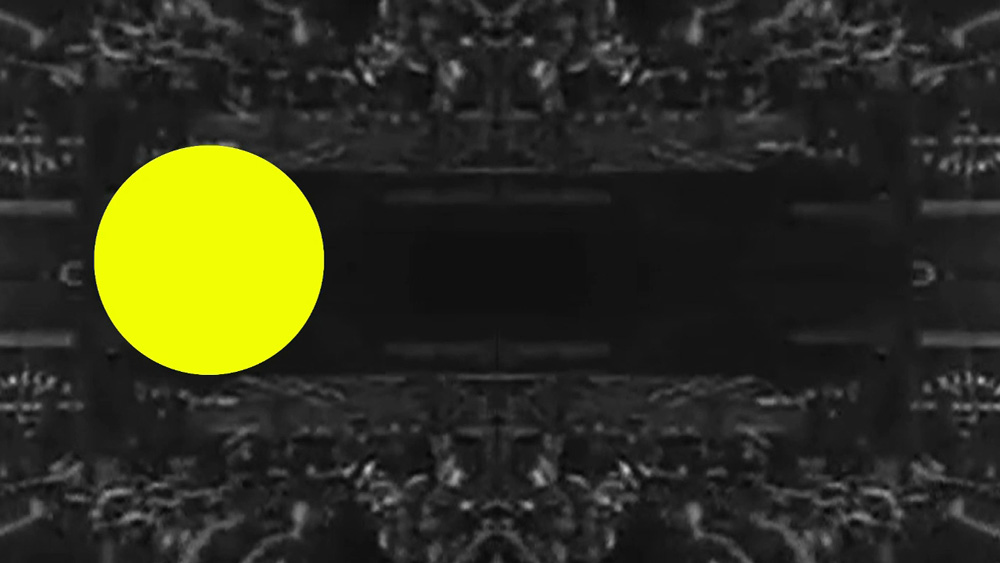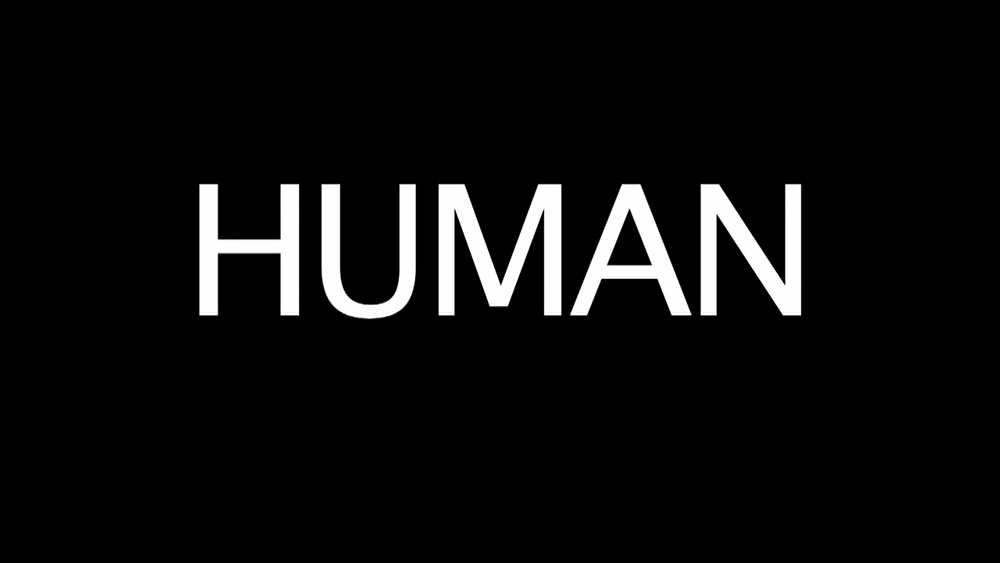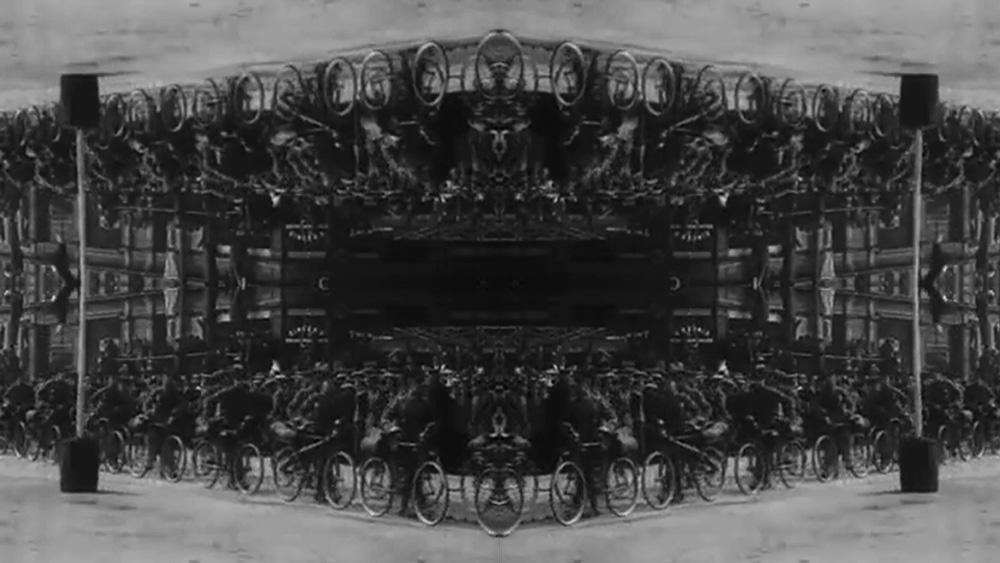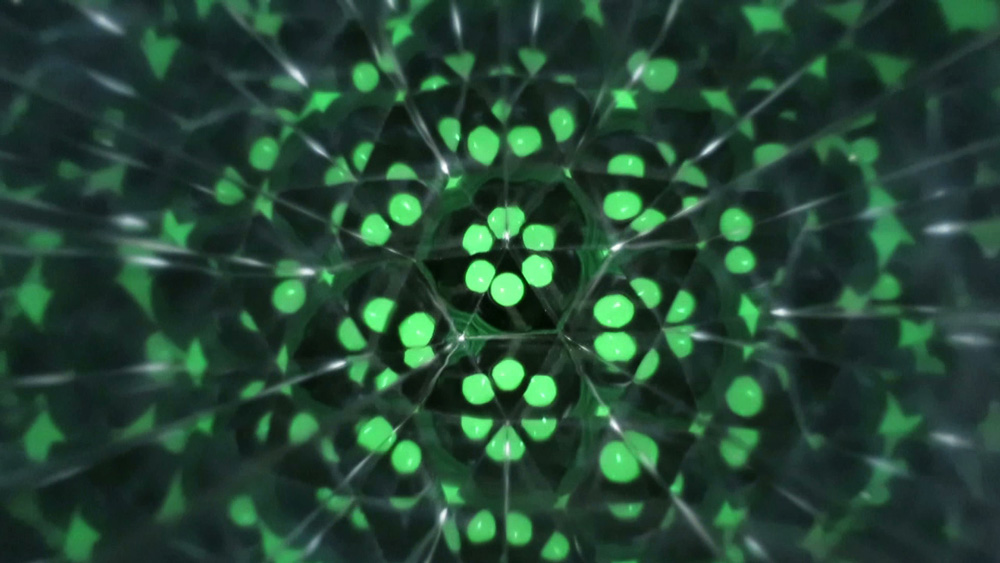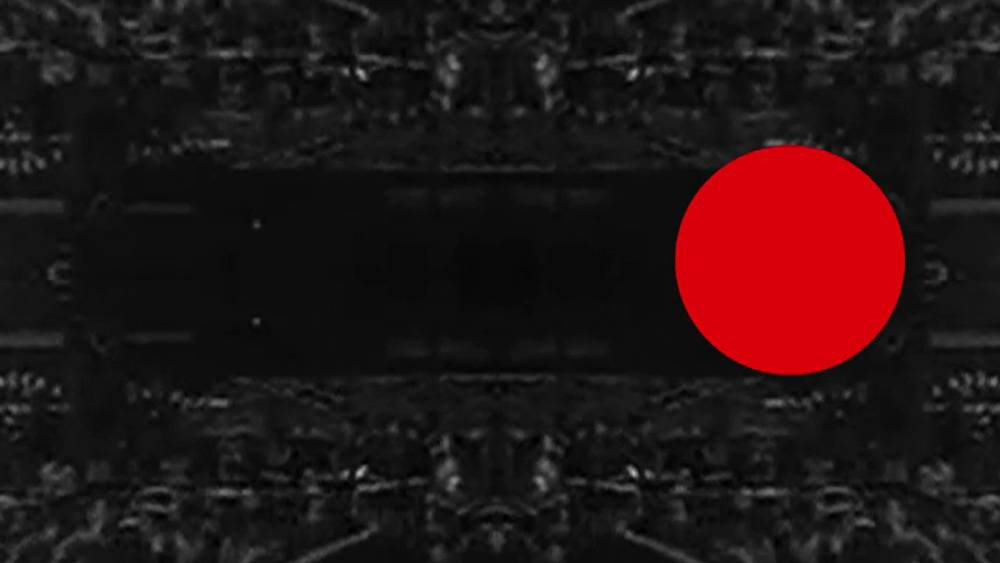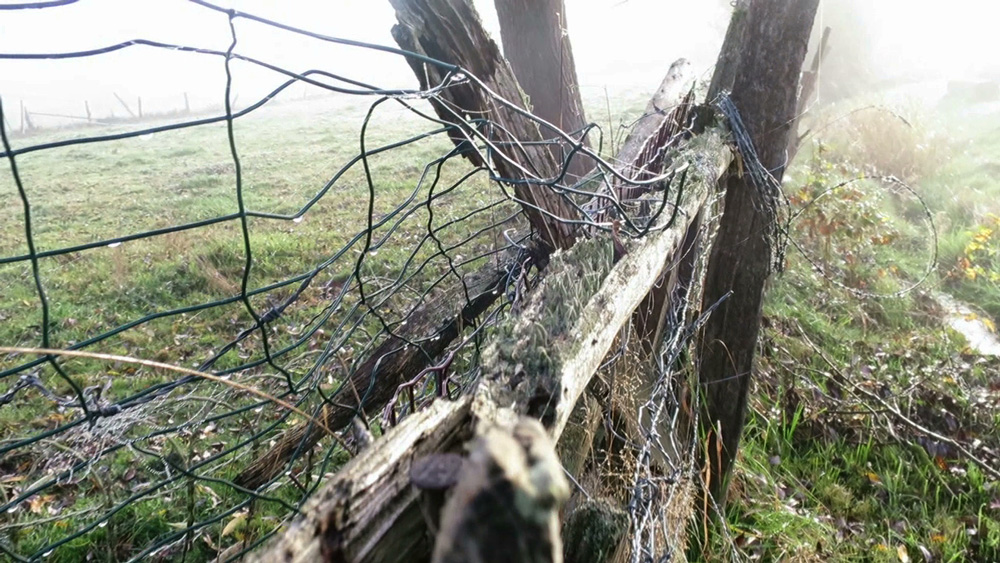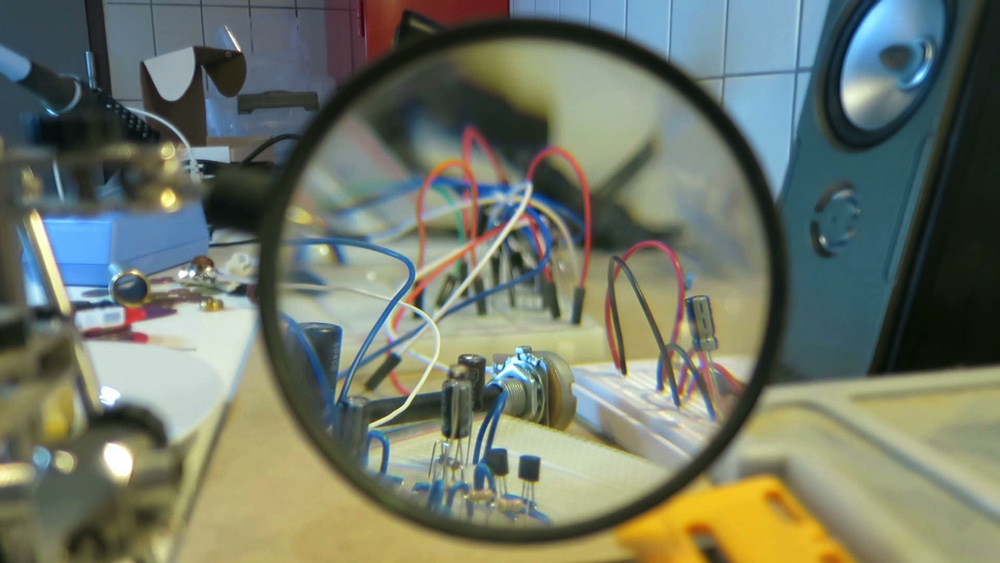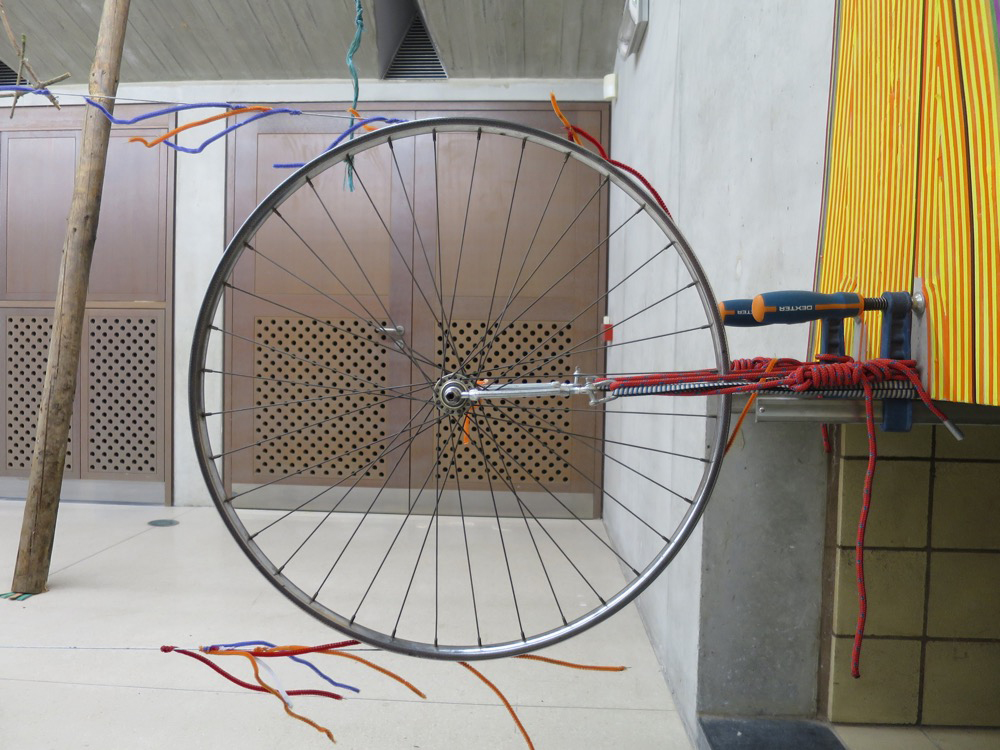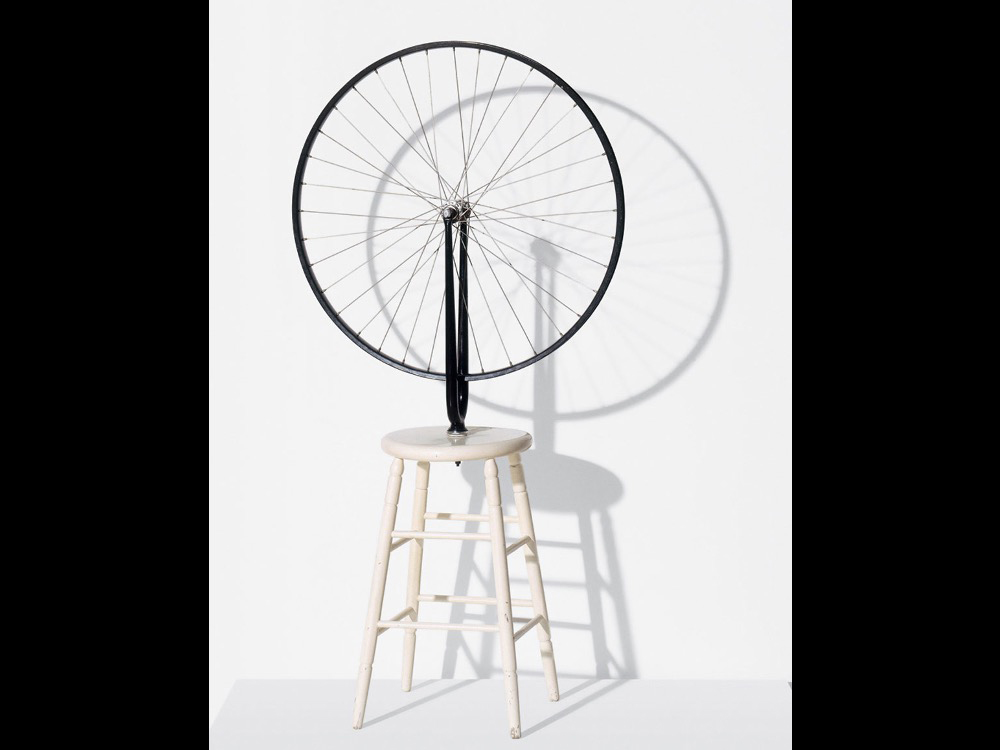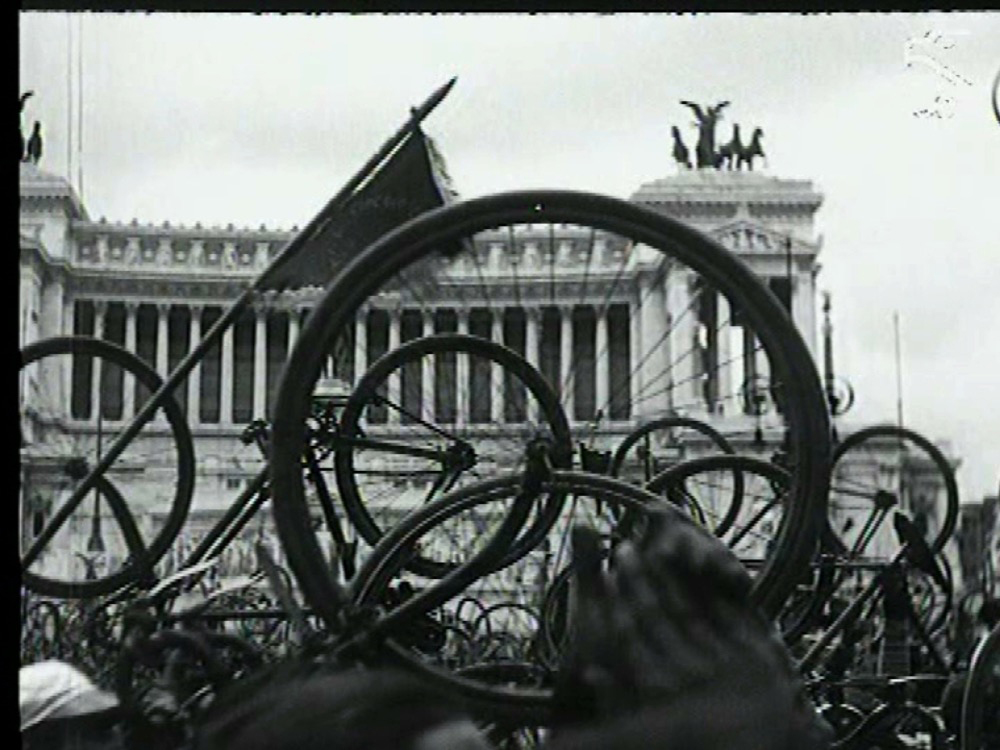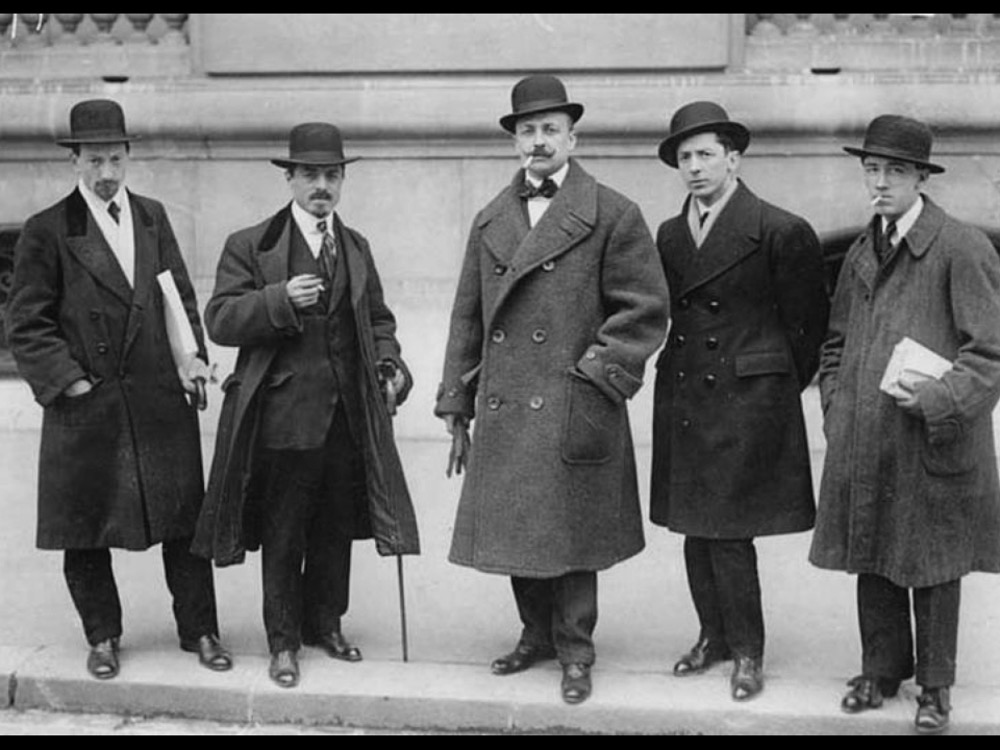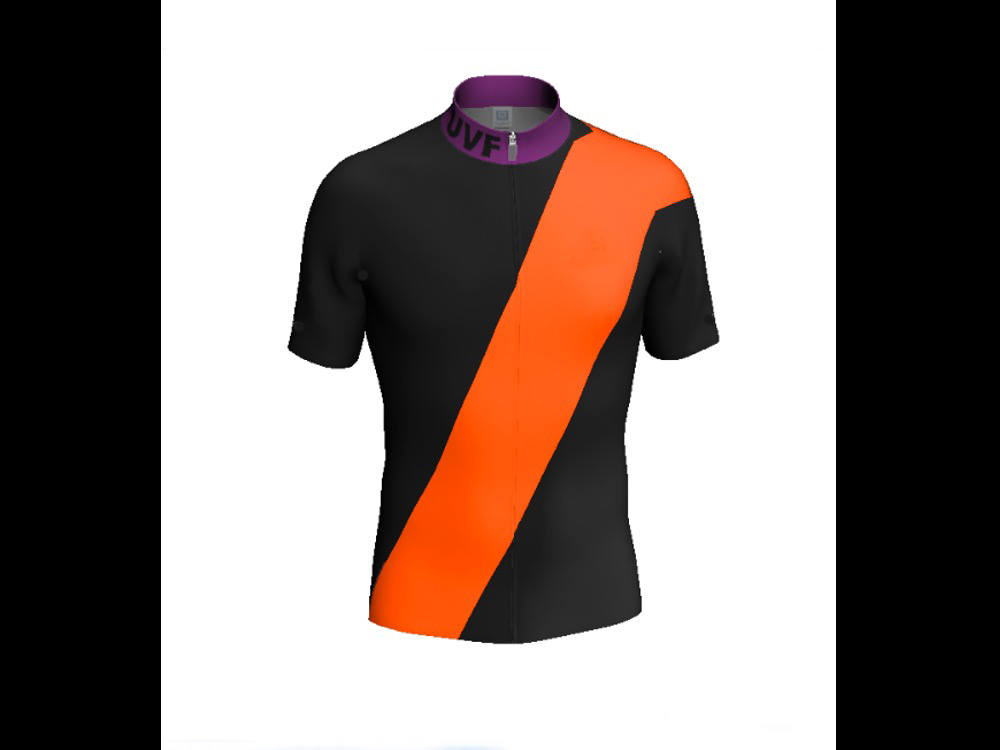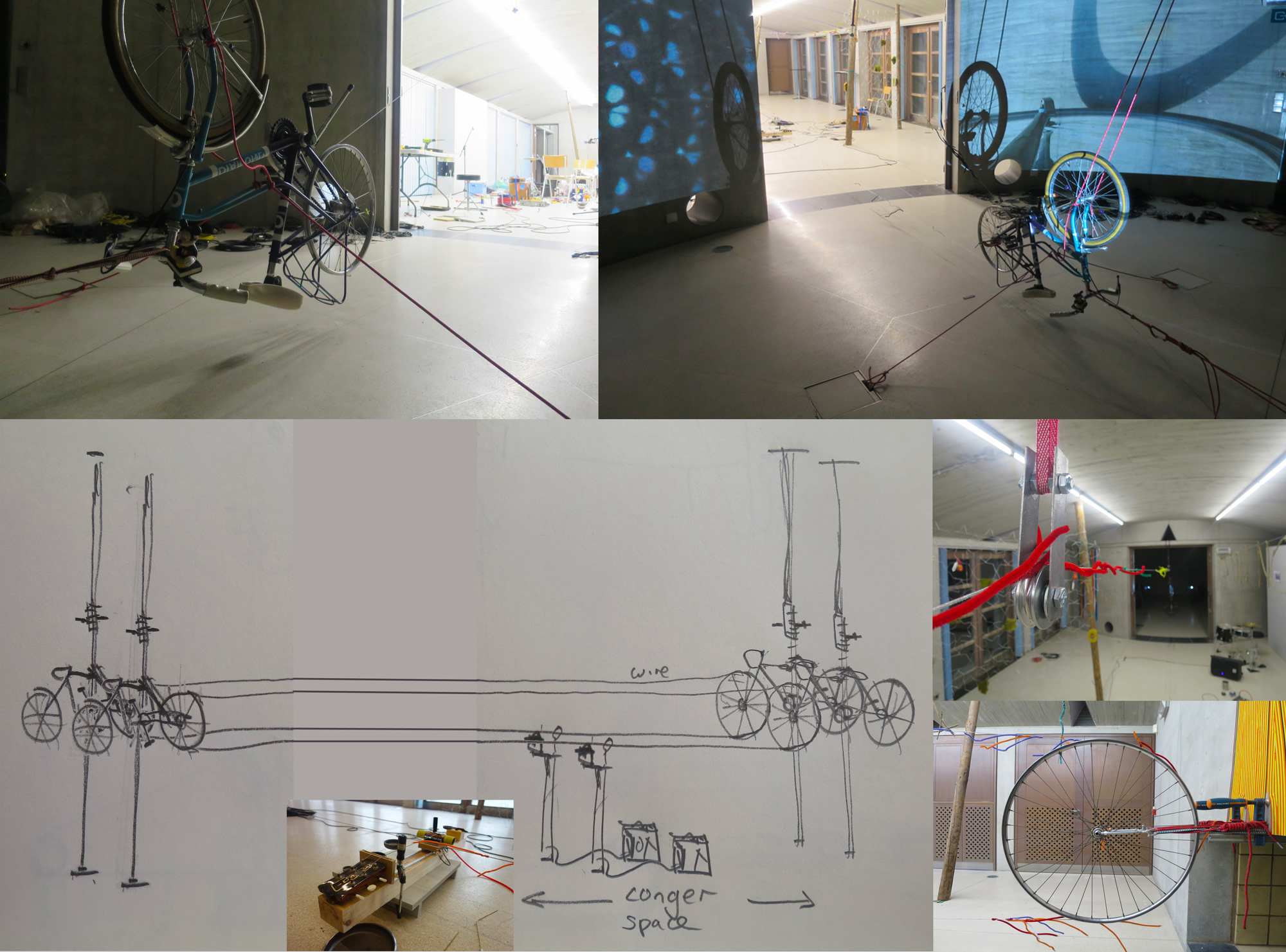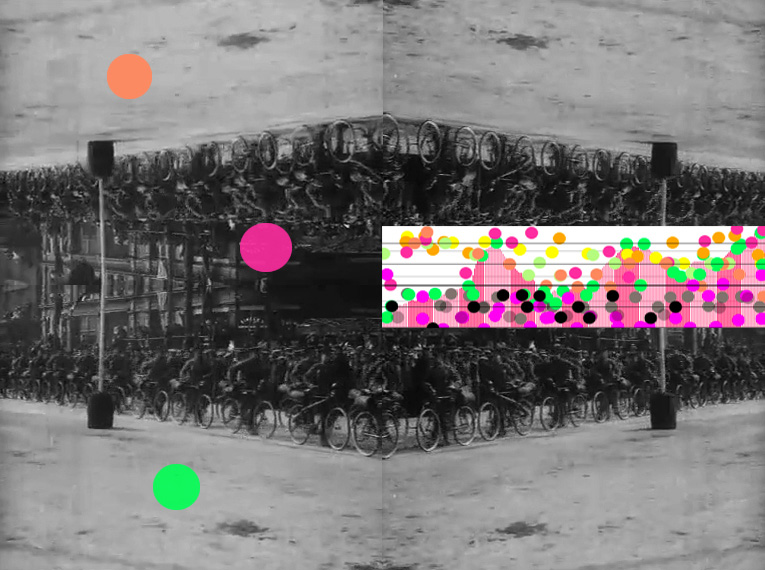Zombie Line
Shipsides and Beggs Projects
HD video with animation
13min
2015
Zombie Line is a commissioned video artwork that visually explores, through experimental video, the thematic motifs of mobility and boundaries.
Within a context of European geo-political history, Zombie Line (13min moving-image) develops a hybrid methodology to facilitate different registers moving across; empirical and archival research, documentary, creative fiction and experimental film, music and audio, as a format to explore two, complex “freedom” motifs as encountered in the bicycle as a motif of mobility, and the wire as a motif of partition.
The bicycle motif utilises and augments archival footage of the UVF (The Ulster Volunteer Force enlisting in the British Army became the 36thDivision, 1914), Bicycle Brigade parading at Belfast City Hall in 1914, along with Mussolini’s address, to strange bicycle wielding crowds, in post-war Rome.
The wire motif draws from locations around Bastogne (a WW2 battleground) and Northern Ireland and also musically resonates with the elevation data of Belgium’s border (leading to Belgium/Luxembourg Frontier by Bicycle, featuring in The Iron Way, 2017 and The Wire and Wheel, 2019). The additional context of the famous Liege-Bastogne bicycle race also draws references to the early European Avant-Garde in Jarry’s texts which explore the bicycle motif (Supermale, Dr.Faustroll.. and The Passion…) and to the Italian Futurists who formed the Lombard Battalion of Volunteer Cyclists (1915, mirroring the UVF Brigade). The wider research provocatively and absurdly re-imagines the UVF as Futurist proto-fascists and proposes a UVF lycra jersey.
The mass-produced bicycle embraced the idea of individual emancipatory mobility and here its ‘freedom’ motifs merge with industrialisation, masculinity and fascism which is further explored in The Iron Way research (SBP, 2017) in which Zombie Line is reframed.
‘Pataphysical ideas (Jarry, 1911) inform much of the experimental film work, where developmental ‘pata-perception (Shipsides, 2016) techniques are developed to explore the geographic and gallery spatiality of the Still Not Out of The Woods - Bastogne (SBP, 2015) exhibition within which Zombie Line was commissioned and presented.
The mass-produced bicycle’s embrace of the idea of individual mobility and emancipation meets and merges with masculinity and fascism, an idea further explored in The Iron Way research. The wire motif draws from locations around Bastogne (a key WW2 battleground) and sites in Northern Ireland and also resonates, literally, with the elevation data of Belgium’s frontiers (leading to Belgium/Luxembourg Frontier by Bicycle, featured in The Iron Way Part B - 3.20-7.15min).
Development:
Produced from archival found material and material shot on location, along with text and graphic footage, this moving-image work expands a methodology of hybrid editing. It also explores concerns of the context and form of presentation where it has been shown in public outdoor location-based screenings, exhibited internationally. Each dissemination was developed to resonate with keys aspect of the location. In exhibition installation format in Bastogne it drew on the context of the famous (hard-core masochistic) Liege-Bastogne bicycle race.
The Bastogne exhibition included an interactive sculptural audio artwork (which, in part features, within the Zombie-Line work) of a pedal powered wire, configured through the long gallery space, rotating between two bicycle wheels (a contraption which references Avant-Garde artworks such as Duchamp’s Bicycle Wheel, 1913, where humour, absurdity and ideas of pata-physics coalesce). Acoustically, the wire is amplified by a guitar pick-up system in the octagonal ‘sounding’ room at the end of the gallery.
The installed Zombie-Line video was projected in two parts within the sounding room where the audio was amplified (images below). In this, the sculptural work and the Zombie-Line video responded to the physical architecture of the gallery in a way which created a giant audio-instrument of the gallery space itself. To enable this embedded installation of moving image, the final site-specific edits of Zombie-Line were made during the final installation of the video so that we could incorporate material from the context its own installation (e.g., See, Zombie Line: with the audio coming from live-playing of the Belgium border, min 09.52 - 10:30;.and the electronic wire devices in the installation: min 02:15 - 03:30). This included the left-hand stream of the image, projected from mounted bicycle forks, being re-routed via a rotating fish-eye optic and kaleidoscope so that the image is synced but transformed via analogue effects. This technique, via its counter-image capture, is also used to ‘document’ the gallery installation itself.
The live recorded audio work developed in Zombie Line (and within expanded presentations as electronic music as Belgium / Luxembourg Border by Bicycle) explores the elevation data of the Belgium border. A graphic wall drawing of the experimental notation for this music was included in the installation in Bastogne (images below) and a graphic derived from this is included within the publicity material (Fig.3) The subsequent screenings and expansion of the research in various live and installed contexts furthered the insights and dissemination.
Thank you to the Northern Ireland Office and Northern Ireland Screen Digital Film Archive for permission to use the footage "Review of the Ulster Division 1915".
Commissioned by and premiered at L’Orangerie, Espace d’Art Contemporain, Bastogne, Belgium in:
Still Not Out Of The Woods – Bastogne. Shipsides and Beggs Projects, 2015.
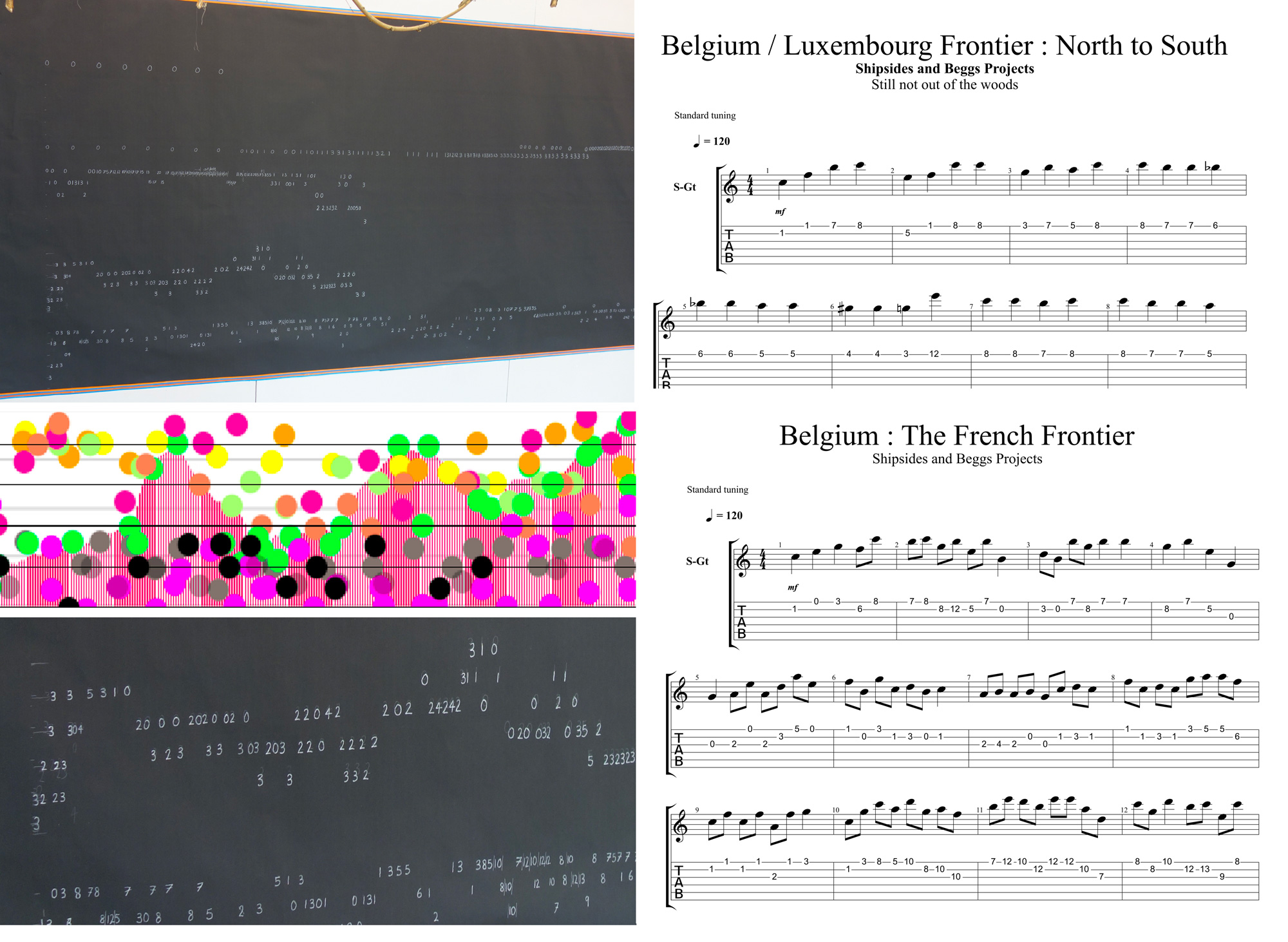
Screened:
The Iron Way. 2017. Microclima / Catalyst Arts, Venice Biennale.
http://www.danshipsides.com/DshipsidesWeb/Venice17.html
Port River City. 2017. AEMI, Poolbeg & Campshire Quays, Dublin. T5 Field Cinema events. http://www.danshipsides.com/DshipsidesWeb/T5FC.html
Wire and the Wheel. 2018. Visual Artist Ireland. New Spaces Derry-Londonderry. http://www.danshipsides.com/DshipsidesWeb/T5FC.html
Further notes:
Information connected to the exhibition at L'Orangerie, Bastogne, Belgium:
L’Orangerie exhibition information:
Neal Beggs and Dan Shipsides (Shipsides and Beggs Projects) develop a broad ongoing project entitled STILL NOT OUT OF THE WOODS. Much of this ongoing body of work originated whilst climbing in the Italian Dolomites amongst landscapes and remnants of WW1. Previous works, e.g. BIVACCO and YUPA STAR developed out of a particular type of climbing called Via Ferrata (meaning Iron Way) which comprises of impressive summit climbing routes installed by way of iron stemples and wires. This originated during WW1 as a way of moving troops and equipment to the strategic summits – as much of this war front staged a mountain war. In these extreme situations with barracks cut into glaciers and rock-faces the battles were waged vertically and with industrialized strategies such as detonating entire summits via mine shafts dug up through the mountains.
All this ghostly history is inevitably embedded into any contemporary mountaineering activity in this region – it’s impossible for the ghosts of this war not to seep into ones body and mind as one climbs ‘for pleasure’. Here climbing suddenly reveals its usually or often hidden encounter and engagement with history, culture and politics.
The artwork stemming from this has drifted mutated, melded and morphed into many forms and contexts and connections. It comes out of a messy, experimental, open-ended, collaborative process of two artists ‘tied to the same rope’ and is broadly shaped by the artists shared love of art, music, mountains and creative madness. Within this songs may be written, performed and recorded, things climbed, texts crafted, graphics painted, objects sculpted, wires stretched, places explored, conversations floated and jokes or ideas told.
The work developed for L’Orangerie also connects with ideas of the Iron Way / Via Ferrata – the ‘wire’ and its poetic potential – as a form of partition and the marshalling of techno-culture but also one which is acoustically configured and amplified in the manner of an electric guitar string - the weapon of counter-culture – forming an acoustic frontier. Encountering this notion is the bicycle as a form of emancipating and transformative mobility where it appears as a key motif of the avante-garde e.g. Alfred Jarry and Marcel Duchamp. The industrial production of the bicycle ushered in the capacity for personal mechanical speed but also seemed to facilitate collective groupings, perhaps ultimately expressed in Peloton – with the energy of its masculinity (of note here is the famous and grueling hill climbs of the Liège-Bastogne-Liège bike race). This grouping of men carries curious WW1 warfare connections, for instance the UVF (Ulster Volunteer Force) had a bicycle battalion in 1914 when they enlisted in the British Army and in the Italian Army several noted Futurist artists such as Umberto Boccioni, Marinetti and Luigi Russolo helped form the Lombardy Battalion of Volunteer Cyclists.
Another element present in the work is the use of video which combines or oscillates between a form of casual documentary, drawing from the lived experience of the artists and from archival footage, and a kind of plastic painterly visuality where animated, kaleidoscopic (kaleidoscopes were used within experimental treatments for shell-shock in WW1) and interactive devices forcibly intervene in the formation of clear narratives or assertive readings - this is an encounter not a communication.
The work does not stay rooted in the histories of WW1. In fact much of the ideas above may not seem or need to be present as ultimately the work is as ‘itself’, as an encounter – and perhaps a strange psychedelic memorial to every or any situation where we are ‘still not out of the woods’.
L’Orangerie, Espace d’art contemporain
Parc Elisabeth, B 6600 Bastogne. Belgium
www.lorangerie-bastogne.be
7 Novembre, Vernissage à 15 to 13 December
Open: Thursday to Sunday : 14h-18h, and for group.
Wednesday to Saturday 10h-18h
